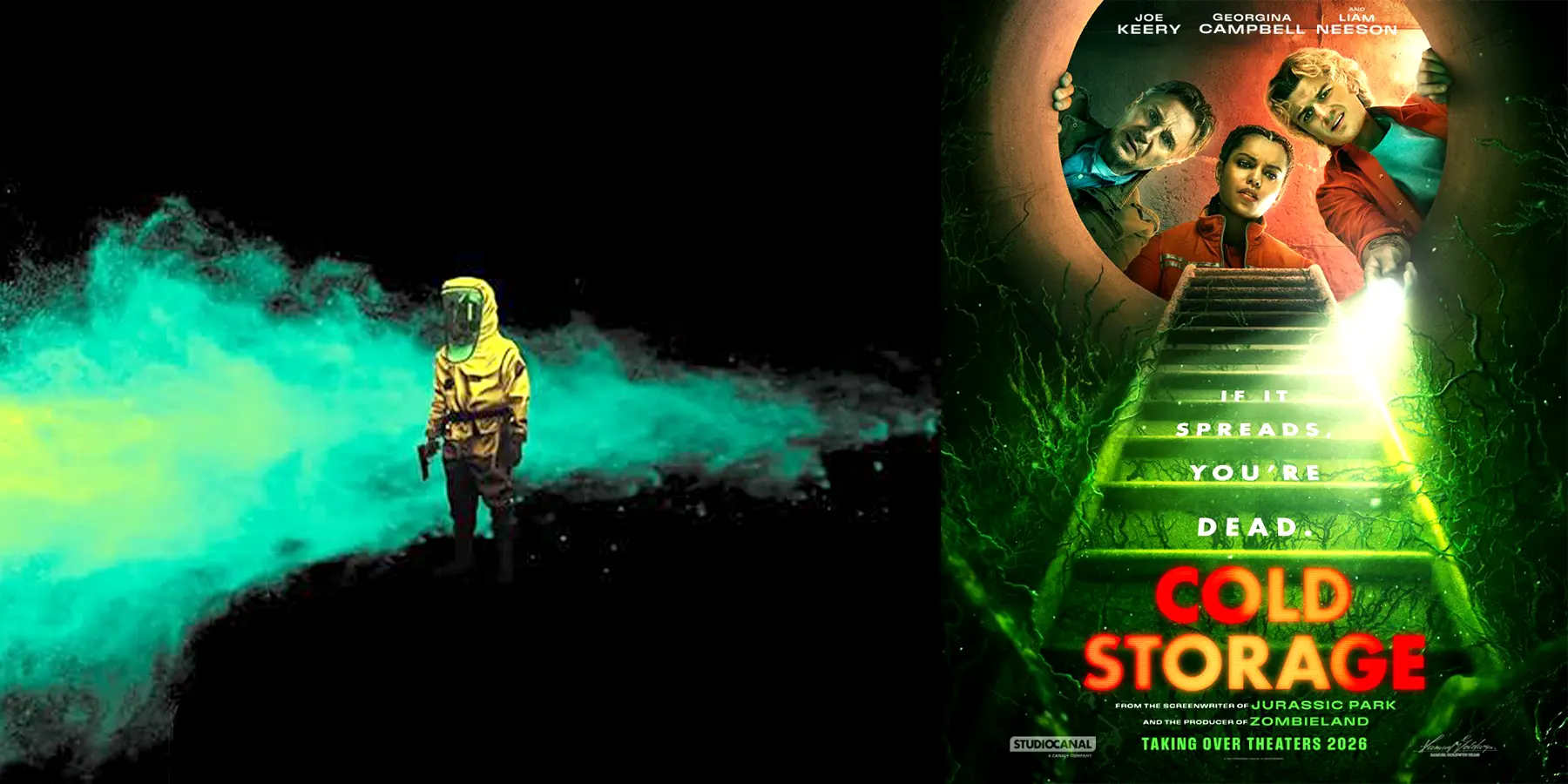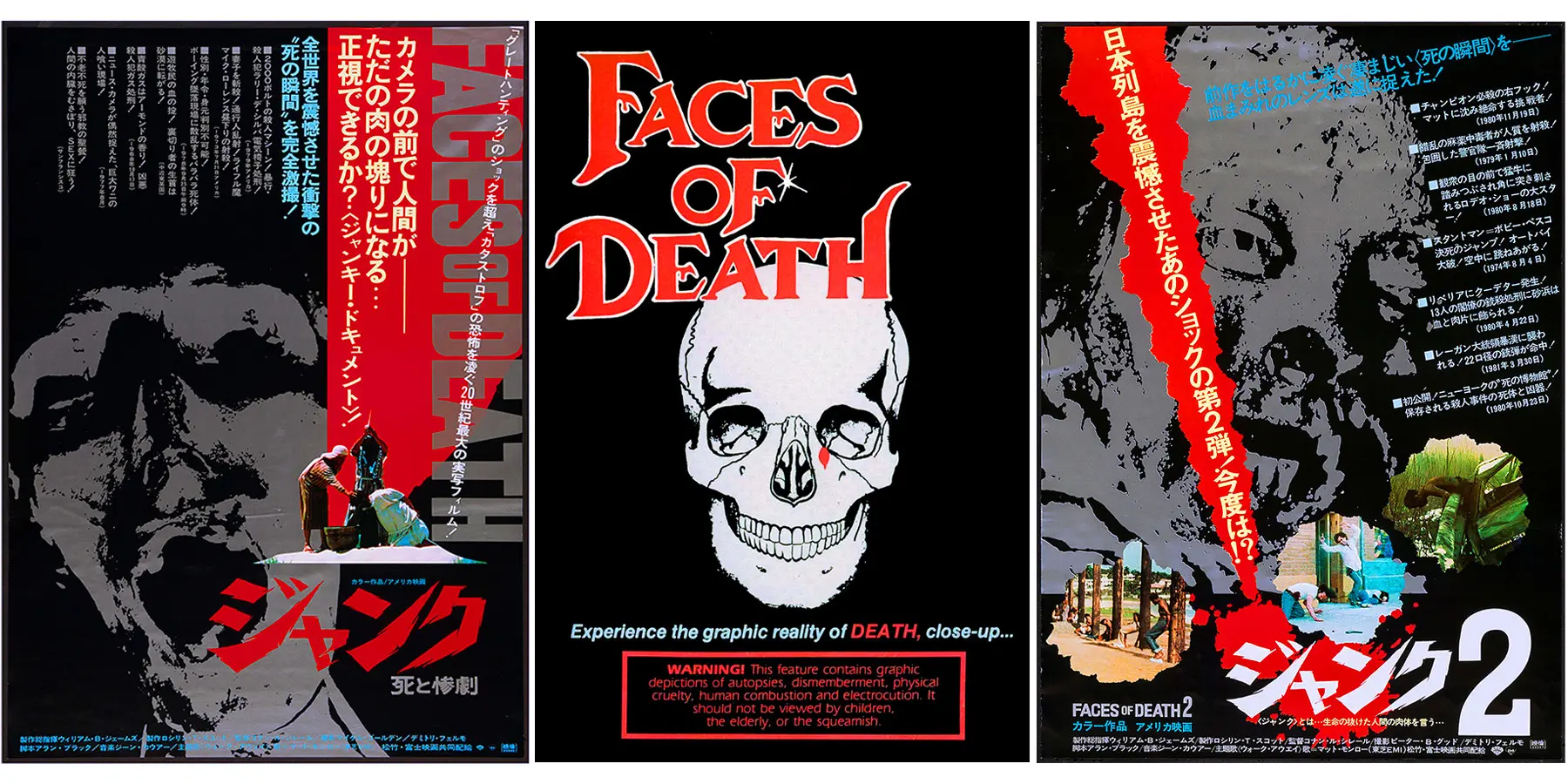K. Gordon Murray was a trailblazer in the world of American film distribution, renowned for his quirky approach to dubbing Mexican films for English-speaking audiences. Though not widely known by mainstream audiences, Murray holds a cherished place among cult film enthusiasts. His unique dubbing style, eye for foreign horror and lucha libre films, and business savvy helped introduce American audiences to a new cinematic world. Let’s dive into the fascinating history of K. Gordon Murray’s recording studio, his influence, and why his films have an enduring cult following.
The History of K. Gordon Murray’s Recording Studio
Soundlab Inc., located in Coral Gables, Florida, became operational in the early 1960s. Originally a distributor of exploitation films, Murray found a niche in acquiring Mexican films and dubbing them for American audiences. His studio specialized in translating and dubbing Mexican horror, lucha libre, and holiday-themed films, allowing him to bring affordable, unique content to regional theaters and drive-ins across the U.S.
A Strategic Niche
Murray’s approach offered American audiences something fresh and unconventional, providing a gateway into Mexican cinema during a time when foreign films were rare in the U.S. market. By targeting drive-in theaters, he reached a wide audience eager for low-cost entertainment.
Voice Performers and Dubbing Style
The voice actors who worked with Murray weren’t credited in the same way as on-screen talent, leaving their identities largely unknown. However, these performers were crucial to Murray’s films, breathing English-language life into characters while matching the original lip movements.
A Focus on Lip Sync Over Story
Murray’s dubbing philosophy prioritized lip-sync accuracy over plot coherence. His logic? If the words matched the actors’ lips, audiences would accept the film, even if the dialogue sometimes sounded bizarre. This approach, though unconventional, contributed to the unique charm and unintended humor of his films, as awkward translations and disjointed lines made each viewing a memorable experience.
Redubbing Mexican Films: A Window to the World
Murray’s work opened a new cinematic world to American audiences, particularly in the realms of horror and lucha libre, bringing foreign films into the U.S. mainstream in a way that few others had attempted. His impact on cinema was notable for the way he normalized watching dubbed films, setting the stage for broader acceptance of international cinema in America.
The Quirky Style of K. Gordon Murray
Rather than aiming for artistic accuracy, Murray’s films were designed for entertainment, resonating with drive-in audiences. His focus on quick turnarounds and lip-sync accuracy created films with quirky dialogue and often humorous plot holes, which ultimately became part of their cult appeal.
Holiday Films: Murray’s Festive Niche
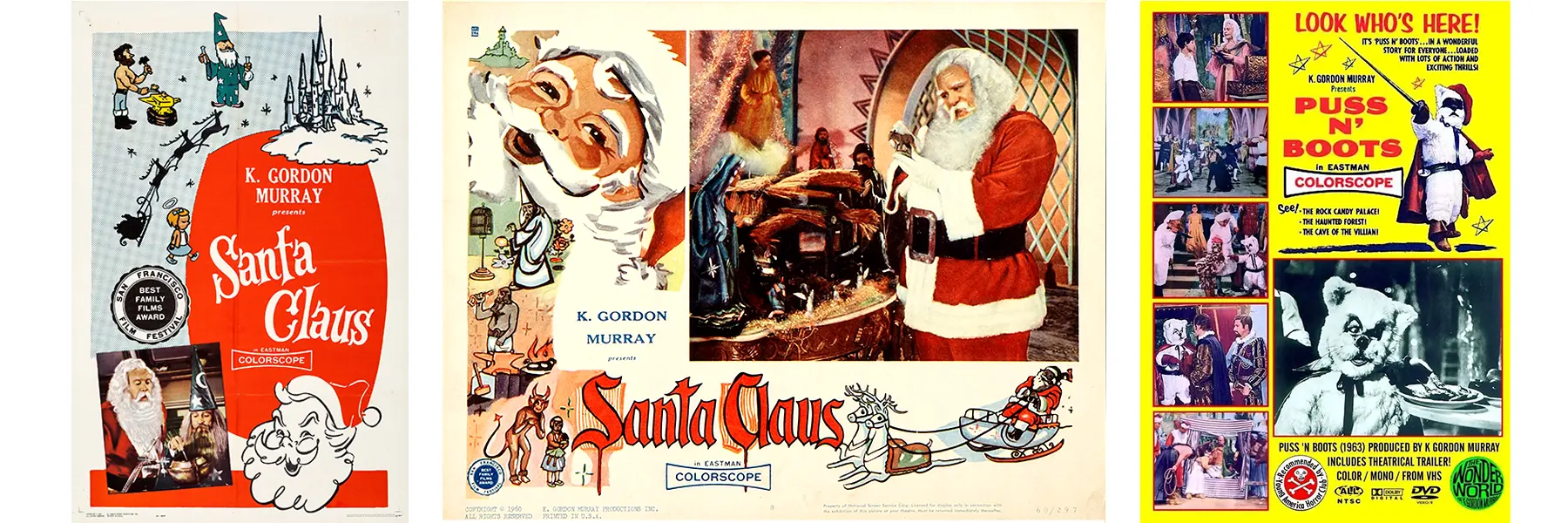
One of Murray’s standout contributions was his catalog of dubbed holiday-themed films, especially those targeting children and families. These movies played well during the Christmas season and became regional theater staples.
- Santa Claus (1959): This quirky classic, where Santa battles the devil to save Christmas, became an enduring holiday favorite, achieving cult status for its eccentric premise and offbeat tone. It was a financial success and widely shown in theaters and on local TV.
- Puss in Boots (1961): Although not strictly holiday-themed, this fairy tale was marketed during the holiday season, becoming another profitable venture in Murray’s portfolio.
These films became staples in theaters and on local television, generating consistent revenue for Murray. Their success solidified his reputation as a distributor who could tap into niche markets and make a profit.
Mexican Horror and Lucha Libre Films: Building a Cult Following
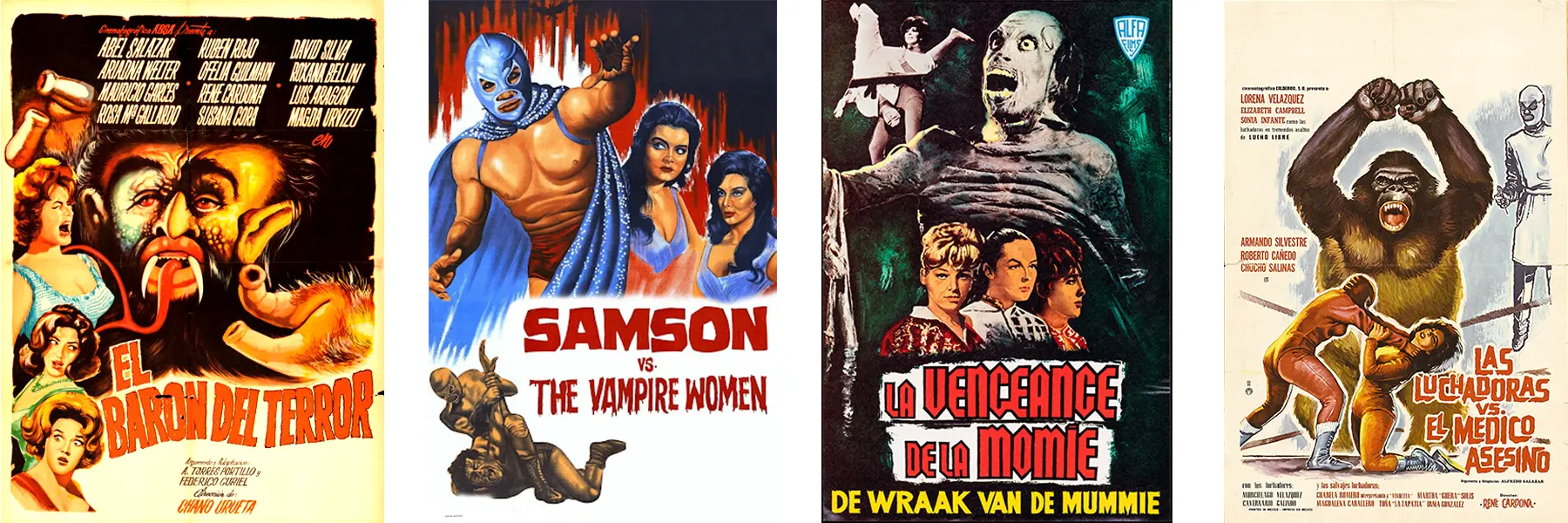
Beyond holiday films, Murray introduced American audiences to Mexican horror and lucha libre films, featuring Mexican masked wrestlers like Santo and Blue Demon. These films captivated American viewers with their campy charm, blending action, horror, and supernatural elements.
Notable Titles
- The Brainiac (1962): A nobleman returns from the dead to seek revenge, making this horror a favorite at drive-ins.
- Sampson vs. The Vampire Women (1962): A lucha libre classic, this film established Santo as a cult figure in the U.S., blending gothic horror with masked wrestling.
- Wrestling Women vs. The Aztec Mummy (1964): Featuring female wrestlers pitted against a resurrected mummy, this film delighted audiences with its campy horror.
- Doctor of Doom (1963): Also known as Rock ‘n Roll Wrestling Women vs. the Aztec Ape, this blend of sci-fi, horror, and lucha libre showcased Murray’s flair for genre mashups.
These films became drive-in favorites, appealing to fans of campy, low-budget horror and offering a new cinematic flavor that American audiences had rarely seen.
Notable Actors and Directors
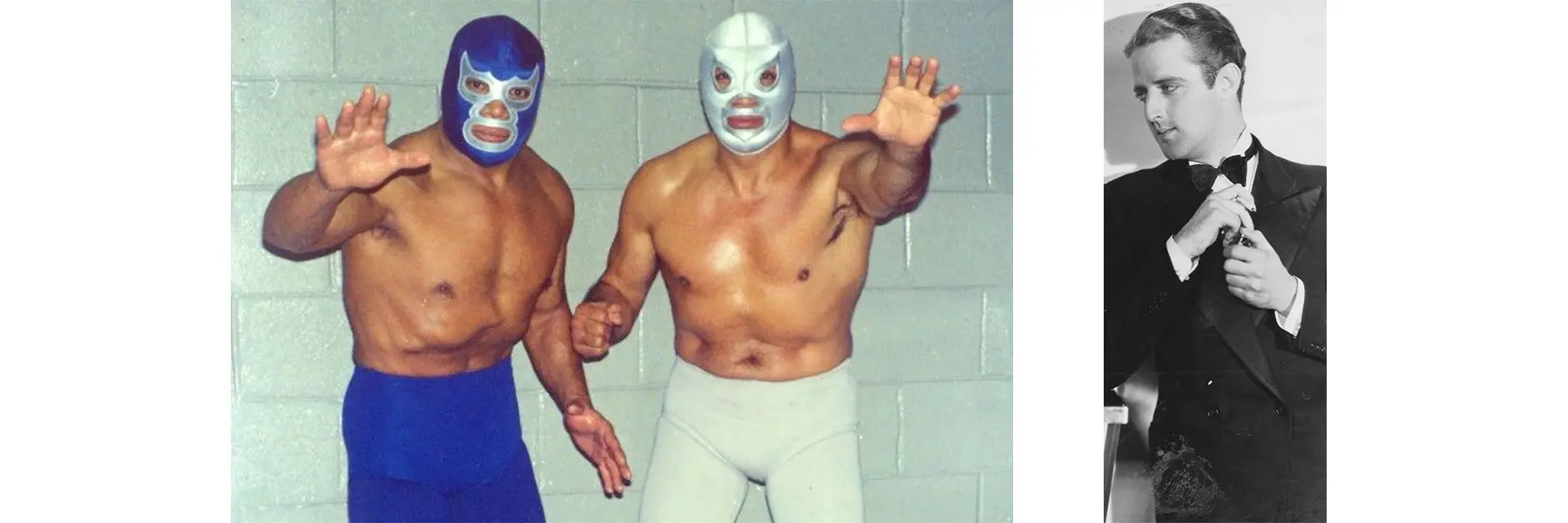
- Santo (El Santo): One of Mexico’s most iconic luchadores, Santo starred in numerous films that Murray redubbed, cementing him as a beloved figure in U.S. cult cinema.
- Blue Demon: Another legendary wrestler, often appearing alongside Santo, creating a dynamic duo that thrilled audiences.
- René Cardona: A key director in Mexican cinema, Cardona’s films—especially Santa Claus—gained wider exposure thanks to Murray, reaching fans who appreciated their low-budget creativity and charm.
Legal Concerns
Murray’s career wasn’t without controversy. While he managed to avoid significant legal issues, there were occasional concerns about his licensing and distribution practices. Despite these challenges, Murray successfully negotiated contracts with Mexican studios, allowing him to legally distribute their films in the U.S.
Dubbing Controversy
His focus on lip-sync over plot accuracy raised eyebrows within Hollywood, but it also contributed to his films’ appeal. While his practices were sometimes criticized, they were essential to his unique brand, enabling him to produce entertaining content quickly and profitably.
The Cult Following of K. Gordon Murray
Murray’s work has garnered a dedicated fanbase, who appreciate the unintentionally humorous dubs and quirky plots. His films became iconic, partly due to their appearance on “Mystery Science Theater 3000”, which further cemented their place in cult cinema.
What Makes His Films Special?
For fans, the appeal lies in the “so bad they’re good” nature of his movies, with their stilted dialogue, bizarre storylines, and the joy of discovering international cinema through a uniquely American lens. Murray’s films are a nostalgic staple, bridging a love for campy horror and an appreciation for 1960s exploitation cinema.
Conclusion: The Enduring Legacy of K. Gordon Murray
K. Gordon Murray’s films may not have been critically acclaimed, but his contributions to American cinema were significant. By redubbing and distributing Mexican horror, lucha libre, and holiday films, he introduced audiences to a world of foreign cinema they would never have experienced otherwise. His prioritization of lip-sync accuracy created a distinct viewing experience, giving his films a lasting charm that continues to resonate with cult film fans today.
Murray’s legacy lives on in the world of exploitation and cult cinema, where his films remain beloved for their quirky dubs, unique plots, and campy entertainment—a testament to his vision and dedication to bringing international cinema to American screens.


